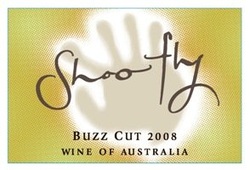
The winemaker at Shoofly is Ben Riggs. He is a rising star in the world of winemaking. (Read a great article about him here.) He is also the winemaker for another wonderful winery we hope to blog about soon, Zonte's Footsteps. One thing that I love about him is that he has a true passion for blending. He also leads supports Shoofly's motto: no flabby wines, no raisins and leave the oak for the trees!
Shoofly's Buzz Cut exemplifies the wineries values as well as Riggs' love of blending. He seamlessy blends 5 grapes that are not common with each other in the wine blend world. They strive to make vibrant wines which show bright fruit. Buzz Cut does just this.
Riesling, Viognier and Verdelho are the three predominant varietals in Buzz Cut. The great thing about this blend is that you taste the specific notes of each varietal. In terms of the Riesling, there are underlying notes of honey throughout along with tropical fruits. Viognier lends its aromatics on the nose along with peach and apricot fruits on the palate. Verdelho balances the fruit with bright acidity and its lingering citrus notes. Finished with a touch of Chardonnay and Sauvignon Blanc, this blend creates a great wine at a tremendous value that is a must try.
On a side note, you also have to try Shoofly's highly rated Shiraz.
Shoofly Buzz Cut in a Nutshell:
Description: 37% Riesling, 32% Viognier, 21% Verdelho, 5% Chardonnay, 5% Sauvignon Blanc. Floral notes combined with that of Peach on the Nose. A Combination of Melon and Apricot on the palate with light hints of honey. Zippy lemon notes paired with bright acid round out this great blend.
Food Pairings: Combination of Riesling and viognier make this wine extremely versatile. You could have this alongside anything from a Veggie crudite to spicy Hispanic or Thai dishes.
Vintage/Price: The current vintage is 2008. The price is right around $10 on most shelves. I have seen it marked at $9.99 all the way to $14. It is tremendous value at $9.99 and still well worth the latter.
For more information about Buzz Cut and other Shoofly wines including their wonderful Shiraz, Please go to: Shoofly Wines
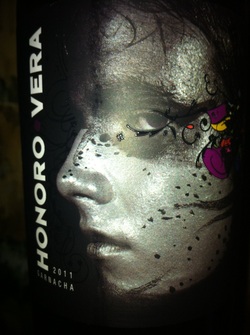
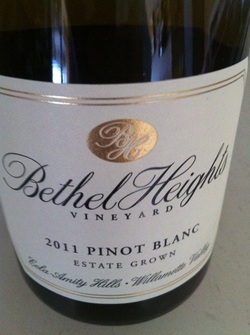
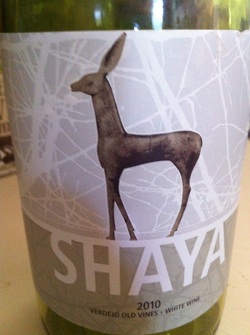
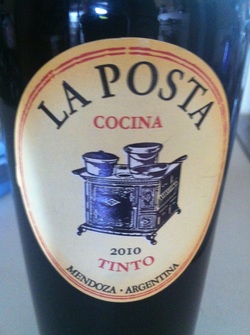
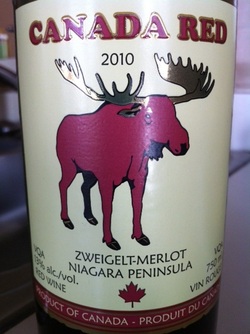
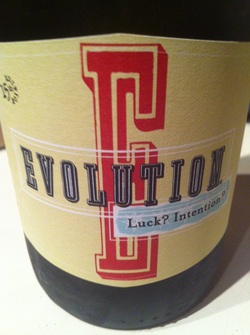
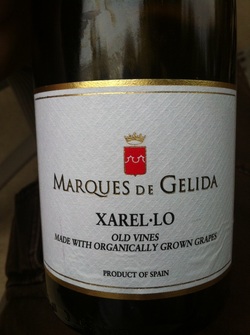
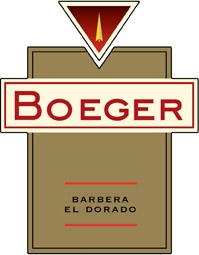
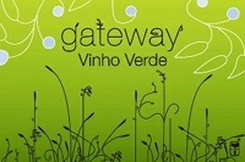
 RSS Feed
RSS Feed